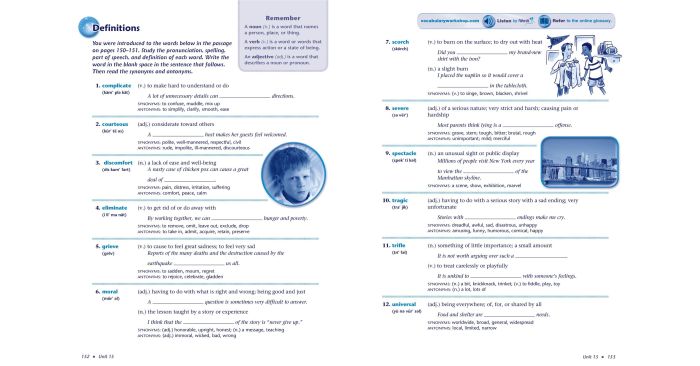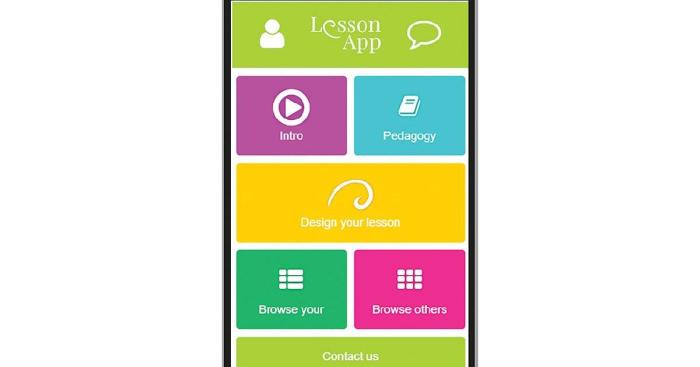Literacy Behind Bars by Malcolm X delves into the transformative power of literacy within correctional facilities, shedding light on its profound impact on incarcerated individuals. This captivating exploration examines the role of literacy in reducing recidivism, empowering inmates, and fostering their successful reintegration into society.
Malcolm X’s personal journey with literacy serves as a beacon of inspiration, highlighting the ability of education to ignite change and ignite a passion for knowledge.
The Power of Literacy in Incarceration: Literacy Behind Bars By Malcolm X
Literacy, the ability to read, write, and communicate effectively, is a transformative power that can empower individuals behind bars. In correctional facilities, literacy programs provide inmates with the tools and knowledge they need to improve their lives and successfully reintegrate into society upon release.
One of the most profound examples of the transformative power of literacy in prison is the autobiography of Malcolm X. Written while he was incarcerated, Malcolm X’s autobiography became a powerful testament to the transformative power of education and self-discovery.
Through his words, Malcolm X inspired countless inmates to pursue their own educational journeys, recognizing the importance of literacy as a path to empowerment and personal growth.
Successful Literacy Programs in Correctional Facilities
Numerous successful literacy programs have been implemented in correctional facilities across the globe, demonstrating the positive impact of literacy on incarcerated individuals. These programs provide inmates with access to books, educational materials, and qualified instructors who guide them in developing their literacy skills.
- Project READ: A volunteer-based program that provides one-on-one tutoring to inmates in over 400 correctional facilities in the United States.
- Books Behind Bars: A non-profit organization that collects and distributes books to inmates in prisons and jails throughout the United States.
- The Fortune Society’s Prison Education Program: A comprehensive program that provides inmates with access to a range of educational opportunities, including literacy classes, college courses, and vocational training.
These programs have demonstrated positive outcomes, including improved literacy skills, increased self-esteem, and reduced recidivism rates. By empowering inmates with the gift of literacy, these programs contribute to the rehabilitation and successful reintegration of incarcerated individuals into society.
Literacy as a Path to Rehabilitation
Literacy plays a crucial role in reducing recidivism, the tendency for individuals to commit crimes after being released from prison. Research has consistently shown that inmates who participate in literacy programs have lower recidivism rates than those who do not.
One study, conducted by the RAND Corporation, found that inmates who participated in a literacy program were 43% less likely to be rearrested within three years of release. Another study, conducted by the National Institute of Justice, found that inmates who participated in a literacy program were 28% less likely to be reincarcerated within five years of release.
Literacy and Post-Release Success
Literacy empowers inmates to reintegrate into society. It provides them with the skills they need to find employment, housing, and other resources. It also helps them to understand their rights and responsibilities as citizens.
Inmates who are able to read and write are more likely to be able to find a job after release. They are also more likely to be able to secure stable housing and maintain relationships with their families and friends.
Literacy also helps inmates to understand their rights and responsibilities as citizens. This knowledge can help them to avoid getting into trouble with the law again.
Barriers to Literacy Behind Bars
Literacy behind bars faces numerous challenges, stemming from a combination of factors. Inmates often struggle to access educational resources due to limited funding for prison systems and systemic racism that perpetuates literacy disparities within the prison population.
Underfunded Prison Systems
Underfunding of prison systems has a direct impact on the availability and quality of literacy programs. Inadequate resources result in a shortage of qualified teachers, limited access to books and materials, and overcrowded classrooms, hindering inmates’ ability to engage effectively in educational activities.
Systemic Racism
Systemic racism plays a significant role in literacy disparities within the prison population. Inmates from marginalized communities, particularly African Americans and Latinos, are disproportionately represented in the criminal justice system. These individuals often come from backgrounds with limited educational opportunities and face barriers to accessing quality education even before incarceration.
Malcolm X’s Legacy of Literacy
Malcolm X’s journey with literacy began in prison. As a young man, he was incarcerated for armed robbery and sentenced to 10 years in prison. During his time behind bars, Malcolm X became an avid reader and writer. He spent countless hours in the prison library, reading everything he could get his hands on.
Malcolm X’s autobiography, “The Autobiography of Malcolm X,” is a powerful account of his life and his transformation from a street hustler to a civil rights leader. The book has inspired a generation of incarcerated individuals, showing them that it is possible to overcome adversity and achieve success through education.
Timeline of Malcolm X’s Involvement in Prison Education Initiatives
- 1952: Malcolm X is incarcerated at the Charlestown State Prison in Boston.
- 1953: Malcolm X begins taking correspondence courses from the University of Massachusetts Boston.
- 1954: Malcolm X joins the Nation of Islam and begins studying the teachings of Elijah Muhammad.
- 1958: Malcolm X is released from prison and becomes a minister in the Nation of Islam.
- 1960: Malcolm X founds Muhammad Speaks, a newspaper that promotes the teachings of the Nation of Islam.
- 1964: Malcolm X breaks with the Nation of Islam and founds the Organization of Afro-American Unity.
- 1965: Malcolm X is assassinated in New York City.
Innovative Approaches to Literacy Behind Bars
Literacy programs behind bars can be tailored to the unique needs of incarcerated individuals. These programs can include a variety of approaches, such as:
- One-on-one tutoring:This approach pairs incarcerated individuals with volunteer tutors who provide individualized instruction.
- Group classes:These classes are led by teachers or other facilitators and provide instruction in basic literacy skills, such as reading, writing, and math.
- Distance learning:This approach allows incarcerated individuals to access educational materials and instruction through online platforms.
In addition to these traditional approaches, there are a number of innovative approaches to literacy behind bars that have been shown to be effective. These approaches include:
- Peer-led instruction:This approach uses incarcerated individuals who have already achieved literacy to teach other incarcerated individuals.
- Trauma-informed instruction:This approach takes into account the unique challenges faced by incarcerated individuals who have experienced trauma, and provides instruction in a way that is sensitive to their needs.
- Technology-based instruction:This approach uses technology to provide incarcerated individuals with access to educational materials and instruction.
These innovative approaches to literacy behind bars have been shown to be effective in improving the literacy skills of incarcerated individuals. They can also help incarcerated individuals to develop the critical thinking skills and problem-solving skills that are necessary for success in the workforce and in society.
The Future of Literacy Behind Bars
Literacy education in correctional facilities is poised for significant advancements, driven by technological innovations and a growing recognition of its transformative power. Emerging best practices and advocacy efforts will shape the future of literacy behind bars, creating new opportunities for rehabilitation and personal growth.
Emerging technologies, such as e-readers, tablets, and online learning platforms, are revolutionizing access to educational materials and personalized learning experiences for incarcerated individuals. These technologies provide a vast library of books, educational software, and interactive resources that cater to diverse learning styles and interests.
Best Practices in Prison Education
- Individualized Learning Plans:Tailoring instruction to the specific needs, goals, and learning styles of each student.
- Trauma-Informed Approach:Acknowledging and addressing the unique challenges faced by incarcerated individuals, such as trauma, mental health issues, and substance abuse.
- Technology Integration:Utilizing technology to enhance learning experiences, provide access to resources, and connect students with the outside world.
- Reentry Support:Providing literacy skills and resources to support successful reentry into society.
Opportunities for Advocacy and Policy Change, Literacy behind bars by malcolm x
- Increased Funding:Advocating for increased funding to support literacy programs and ensure access to quality educational materials.
- Policy Reforms:Working towards policy changes that remove barriers to literacy education, such as restrictive access to books and educational resources.
- Community Partnerships:Fostering partnerships with community organizations to provide literacy support and resources to incarcerated individuals.
- Public Awareness:Raising awareness about the importance of literacy behind bars and its impact on rehabilitation and recidivism reduction.
Popular Questions
What is the significance of Malcolm X’s autobiography in prison education?
Malcolm X’s autobiography, “The Autobiography of Malcolm X,” has had a profound impact on prison education. It has inspired countless incarcerated individuals to pursue literacy and education, providing them with a sense of hope and empowerment.
How does literacy contribute to reducing recidivism?
Literacy plays a crucial role in reducing recidivism by providing inmates with the skills and knowledge necessary for successful reintegration into society. It empowers them to secure employment, pursue higher education, and make positive life choices.


